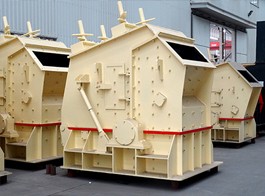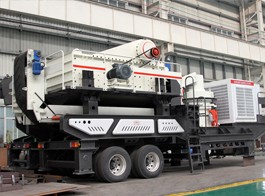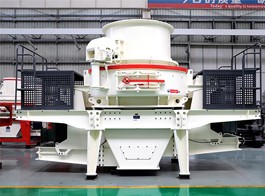Hot Products
Damage Assessment and Prevention of Bearing impact crushers
E-mail: market@hxjq.comIdentifying and analyzing the root cause of bearing failure is critical to preventing similar failures from occurring again.
Many bearings that fail are removed and replaced too quickly without sufficient levels of analysis into what caused their failure. This means that similar failures could reoccur, resulting in further damage and costly unscheduled downtime.
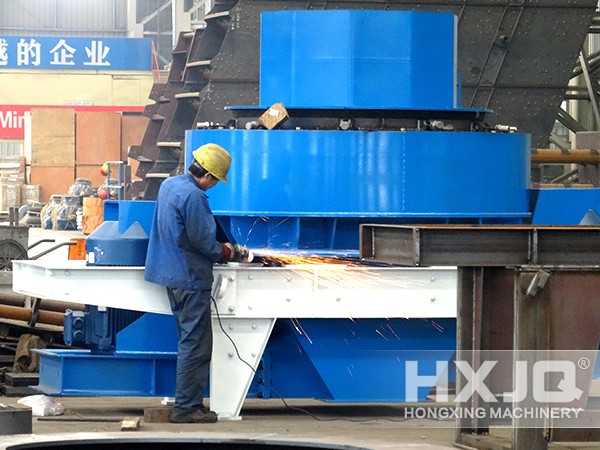
Examination of the failure mode often reveals the true cause of bearing failure, but this procedure is complicated by the fact that one failure mode may initiate another. For example, corrosion in a ball raceway leaves rust (an abrasive) that can cause wear, resulting in loss of pre-load or an increase in radial clearance. The wear debris can, in a grease-lubricated bearing, impede lubrication, leading to lubrication failure and subsequent overheating.
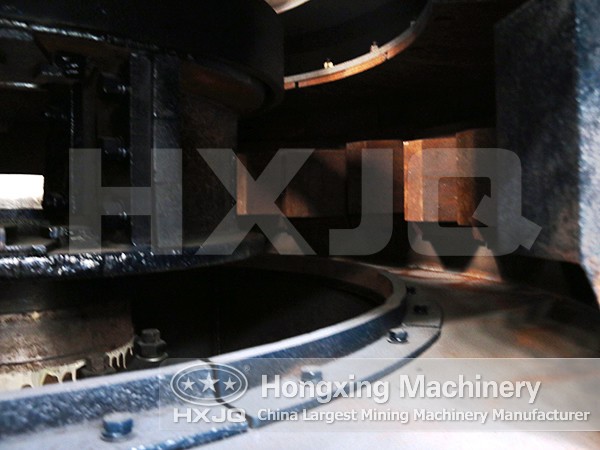
Companies can address these issues by developing a systematic procedure for securing and inspecting bearings once they become damaged. Engineers should not wait until the bearing failure becomes catastrophic, as this makes root cause analysis difficult. Instead, engineers need to perform regular monitoring and inspection of the bearings.
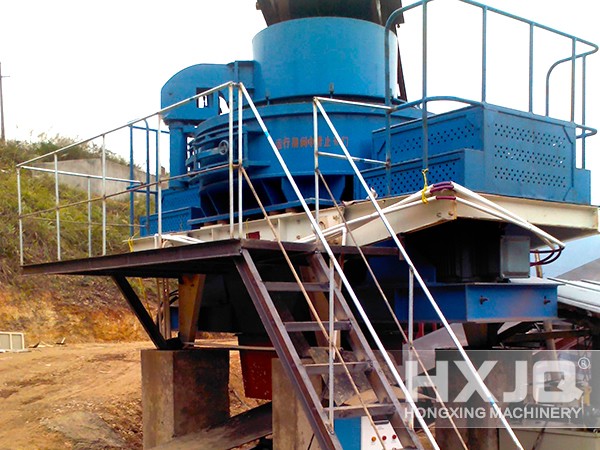
When precision ball bearings or rolling bearings fail, the results can be costly in terms of machine downtime and 'lost' production. Fortunately, catastrophic failures of bearings are rare. Usually, there are distinct symptoms that indicate the type of damage incurred long before the bearings actually fail.
Experience shows that damage to, and subsequent failure of, bearings is seldom due to faults in the bearings themselves, but more often due to the treatment they have received or the use to which they have been put.
Often, the first sign of damage is indicated by unusual operating behavior of the bearings. This can take the form of uneven running, reduced working accuracy, unusual running noises or any combination of the three. It is critical for these early indicators to be logged, as information gained in this early period of degradation can be very useful in identifying the root cause of a problem. Often, as a bearing becomes more damaged, root cause analysis becomes increasingly difficult.
The key to detecting the early signs of a problem is effective bearing monitoring. This can take many forms, but for the vast majority of bearing applications the monitoring supplied by the machine operator is usually sufficient to detect unusual noises at an early stage. In situations where downtime is critical or hazardous, then more formalized monitoring is required. A number of methods are available including monitoring lubricant cleanliness, measuring bearing temperature and vibration analysis.
When a bearing of a dryer machine has to be removed from a machine due to damage, the cause must be established to avoid future failures. Inspection of the bearings alone is not enough to pinpoint the exact cause of damage. Inspection of the mating parts, lubrication and sealing, as well as the operating and environmental conditions must also be carried out.
The above methodology is a comprehensive one for carrying out damage assessment. However, its usefulness will decline if the level of damage in a bearing is allowed to become excessive. The earlier a bearing of a ore beneficiation machine can be dismounted, the more effective the assessment process will be.


